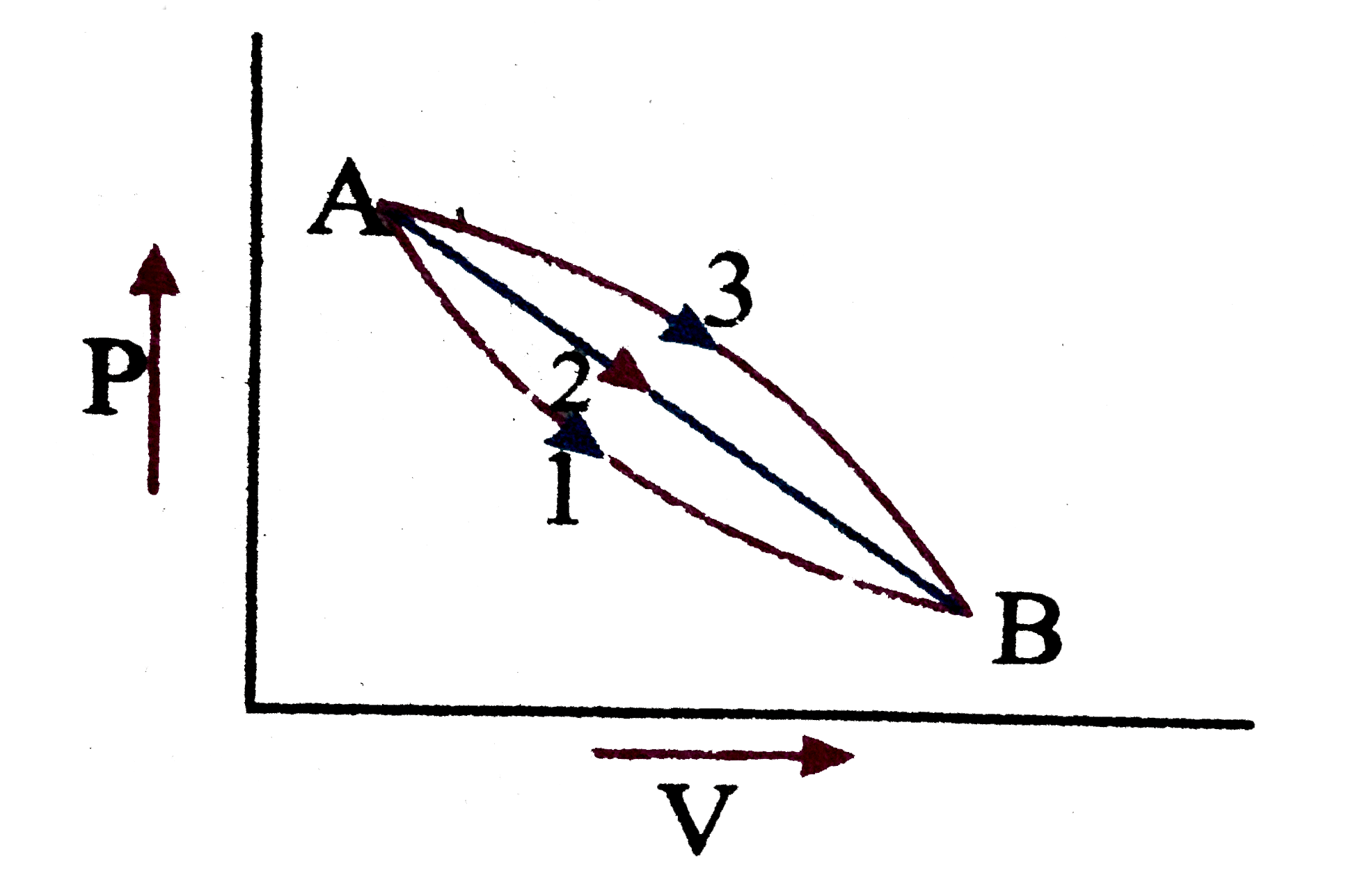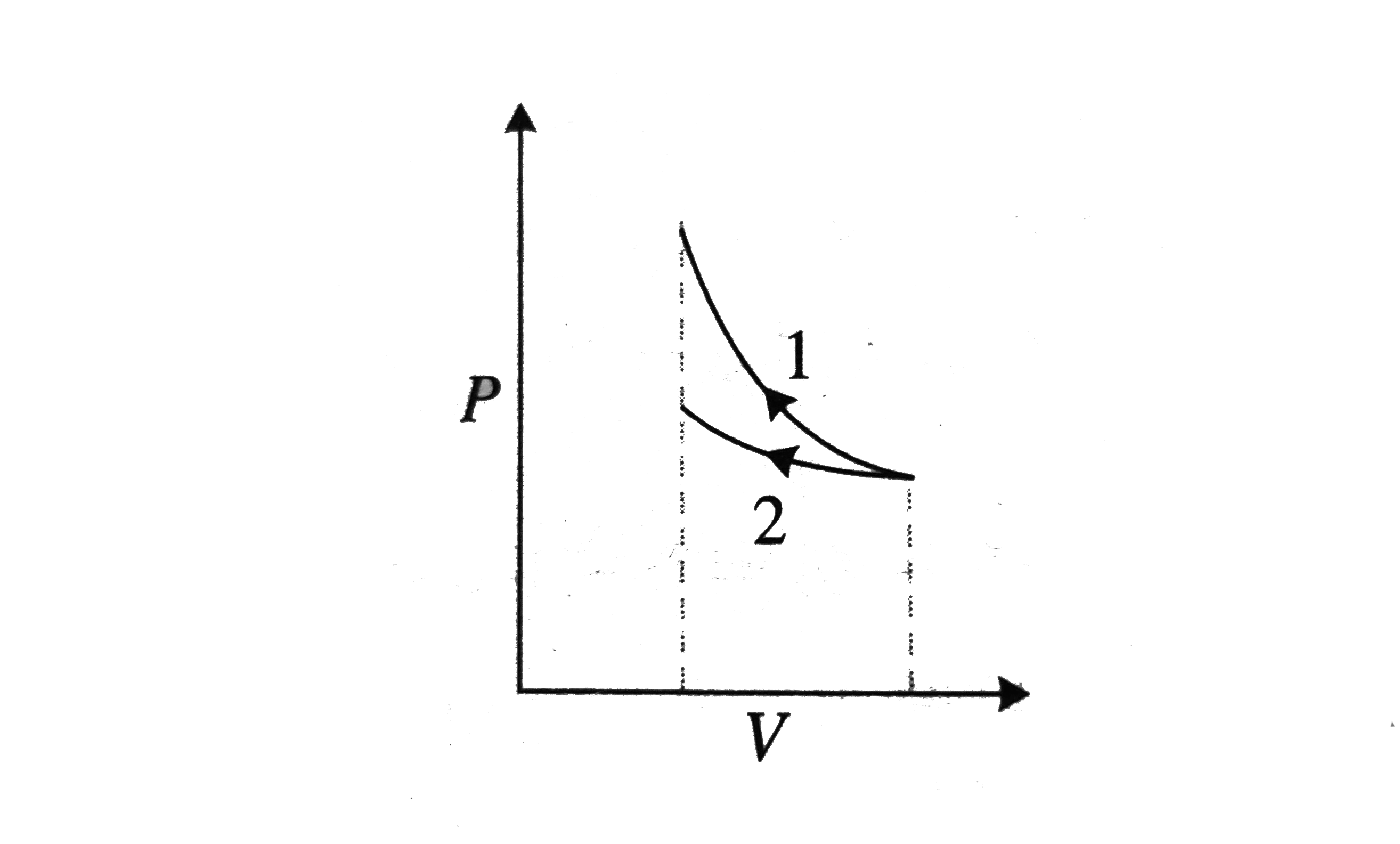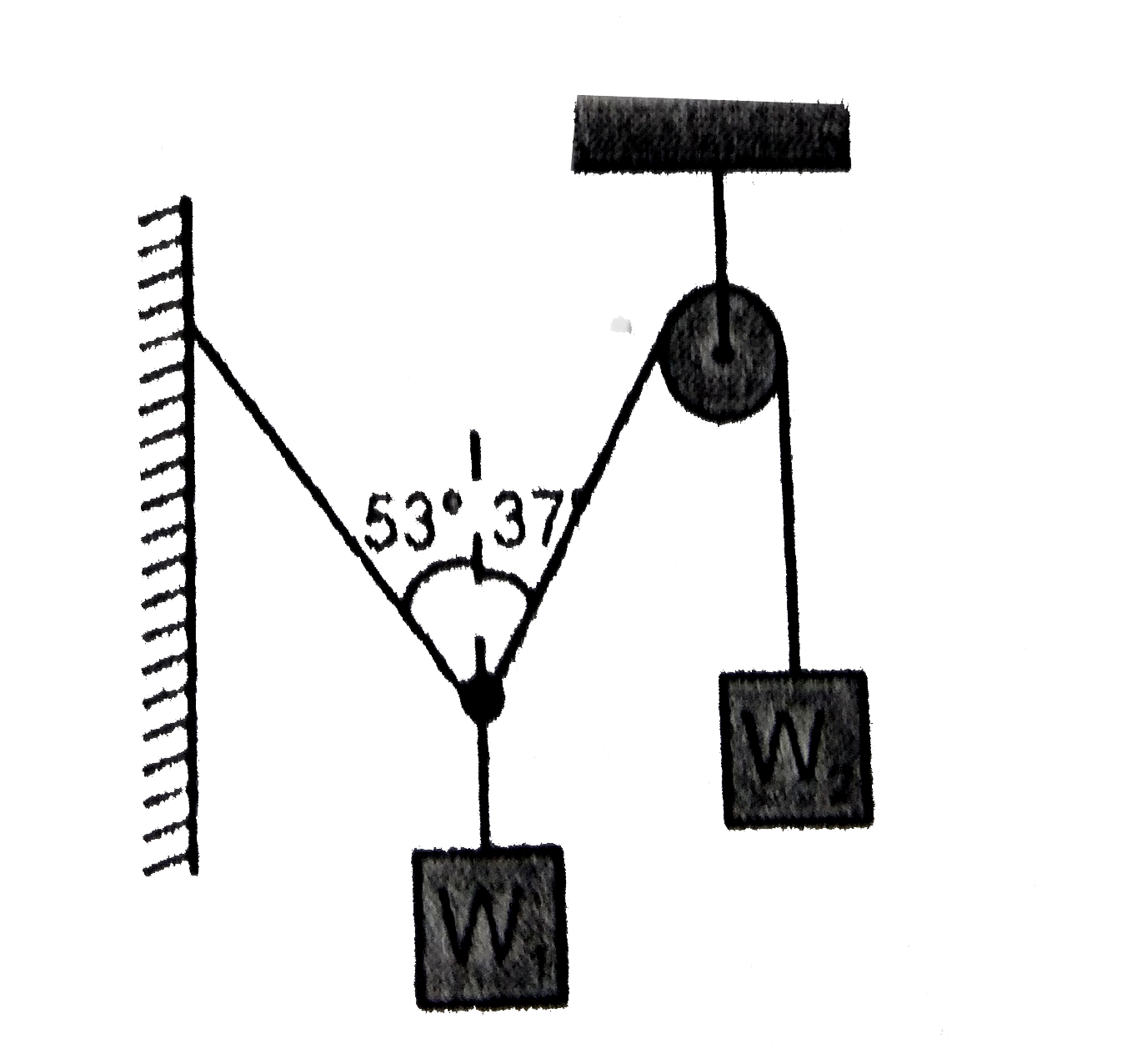Ultraviolet light is incident on two photosensitive materials having work function W1 and W2(W1>W2). In which case will the kintic enrgy of the emitted electrons be greater? Why?
To solve the problem, we will use the photoelectric effect concept and Einstein's photoelectric equation. The question involves two photosensitive materials with different work functions and asks which material will emit electrons with greater kinetic energy when ultraviolet light is incident on them.
1. Understand the Work Function:
The work function (W) is the minimum energy required to remove an electron from the surface of a material. In this case, we have two materials with work functions W1 and W2, where W1 > W2.
2. Use Einstein's Photoelectric Equation:
According to Einstein's photoelectric equation, the kinetic energy (KE) of the emitted electrons can be expressed as:
KE=hν−W
where h is Planck's constant, ν is the frequency of the incident light, and W is the work function of the material.
3. Calculate Kinetic Energy for Each Material:
- For the first material (with work function W1):
KE1=hν−W1
- For the second material (with work function W2):
KE2=hν−W2
4. Compare Kinetic Energies:
Since it is given that W1 > W2, we can analyze the kinetic energies:
- From the equations, we can see that:
KE1=hν−W1andKE2=hν−W2
- Since W1 is greater than W2, subtracting W1 from hν will yield a smaller kinetic energy than subtracting W2 from hν. Thus:
KE1<KE2
5. Conclusion:
Therefore, the kinetic energy of the emitted electrons will be greater in the case of the second material (with work function W2) because it has a lower work function compared to the first material.
Final Answer:
The kinetic energy of the emitted electrons will be greater for the photosensitive material with work function W2 because it requires less energy to remove an electron compared to the material with work function W1.
The work function (W) is the minimum energy required to remove an electron from the surface of a material. In this case, we have two materials with work functions W1 and W2, where W1 > W2.
According to Einstein's photoelectric equation, the kinetic energy (KE) of the emitted electrons can be expressed as:
KE=hν−W
where h is Planck's constant, ν is the frequency of the incident light, and W is the work function of the material.
- For the first material (with work function W1):
KE1=hν−W1
- For the second material (with work function W2):
KE2=hν−W2
Since it is given that W1 > W2, we can analyze the kinetic energies:
- From the equations, we can see that:
KE1=hν−W1andKE2=hν−W2
- Since W1 is greater than W2, subtracting W1 from hν will yield a smaller kinetic energy than subtracting W2 from hν. Thus:
KE1<KE2
Therefore, the kinetic energy of the emitted electrons will be greater in the case of the second material (with work function W2) because it has a lower work function compared to the first material.
The kinetic energy of the emitted electrons will be greater for the photosensitive material with work function W2 because it requires less energy to remove an electron compared to the material with work function W1.
Topper's Solved these Questions
- ATOMIC PHYSICSBOOK - RESONANCE ENGLISHCHAPTER - ATOMIC PHYSICSEXERCISE - Advanved level problems
17 Videos
- ATOMIC PHYSICSBOOK - RESONANCE ENGLISHCHAPTER - ATOMIC PHYSICSEXERCISE - Exercise-2 Part-III : Comprehension
12 Videos
- ALTERNATING CURRENTBOOK - RESONANCE ENGLISHCHAPTER - ALTERNATING CURRENTEXERCISE - HIGH LEVEL PROBLEMS
11 Videos
- CAPACITANCEBOOK - RESONANCE ENGLISHCHAPTER - CAPACITANCEEXERCISE - High Level Problems
16 Videos
Similar Questions
Plot a graph showing the variation of stopping potential with the frequency of incident radiation for two different photosensitive having work functions W1andW2(W1>W2) . On what factors does the (i) slope and (ii) intercept of the lines depend ?
View SolutionThe cathode of a photoelectric cell is changed such that the work function changes from (W1→W2(W2>W1). If the current before and after change are I1 and I2, all other conditions remaining unchanged , then (assuming hv>W2)
View SolutionA body of weight w1 when floats in water displaces an amount of water w2. Then w1<w2. In this statement true or false?
View SolutionTwo similar springs P and Q have spring constant KP and KQ such that KP>KQ. They are stretched, first by the same amount (case a), then the same force (case b). The work done by the spring WP and WQ are related as, in case (b), respectively
View SolutionThe weight of an object in the coal mine, sea level and at the top of the mountain are W1,W2 and W3 respectively, then
View SolutionA given mass of a gas expands from the state A to the state B by three paths 1,2 and 3 as shown in the figure, If W1,W2 and W3 respectively be the work done by the gas along the three paths then

View SolutionA certain mass of a gas is compressed first adiabatically, and then isothermally. In both cases, the initial state of the gas is the same. Is the work done W1 in the first case greater than the work done W2 in the second case ? Explain.

View SolutionTwo weights W1 and W2 in equilibrium and at rest, are suspended as shown in figure. Then the ratio W1W2 is :

View SolutionA gas is expanded to double its volume by two different processes. One is isobaric and the other is isothermal. Let W1 and W2 be the respective work done, then find W1 and W2
View SolutionStatement-1: Weight of a empty balloon measured in air is w1. If air at atmospheric pressure is filled inside balloon and again weight of balloon is measured. Weight of balloon is w2 is second case. Then W2 is equal to w1
Statement-2: Upthrust is equal to weight of the fluid displaced by the body.
View Solution